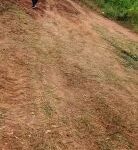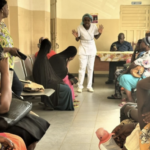The recently released Hollywood blockbuster The Woman King is a movie loosely based on the Dahomey civilization in West Africa that existed from 1600 to 1900.
The movie follows the blueprint of the 2018 mega-hit movie, Black Panther, whose success was driven by an almost all-black cast and drew heavily from African culture.
Starring Viola Davis, the ambition of this movie took things a step further by not just featuring an all-black ensemble but starring an almost all-black female lead, many of whom are African actors.
Some of the actors featured in this movie include South Africa’s Thuso Mbedu, Uganda’s Sheila Atim, and Nigeria’s John Boyega amongst others.
Set in the 1800s, the movie follows the story of the all-women fighting unit called the Agojie. The Agojie are a clan of warriors who are sworn to defend the West African Kingdom of Dahomey, modern-day Benin Republic. Faced with a new threat, General Nanisca is forced to train a new generation of Agojie to battle the western invaders who wish to take away Dahomey’s way of life.
While the narrative of this movie is quite admirable and in this era of female empowerment, necessary, this movie is far from factual. Since the release of the movie’s trailer, the project has been shrouded in controversy, with many preferring that it be called a work of fiction rather than a story based on true life events.
Yes, the Agojie existed, and yes, they were a fierce fighting unit praised for their bravery by the European colonizers, but what they were, in reality, was hardly heroic or empowering, in fact, the Dahomey and by extension the Agojie, in reality, have a disconcerting history.
Below are five facts that dispel the Hollywood theatrics and the narrative they tried to push, vs the reality of this once fierce civilization
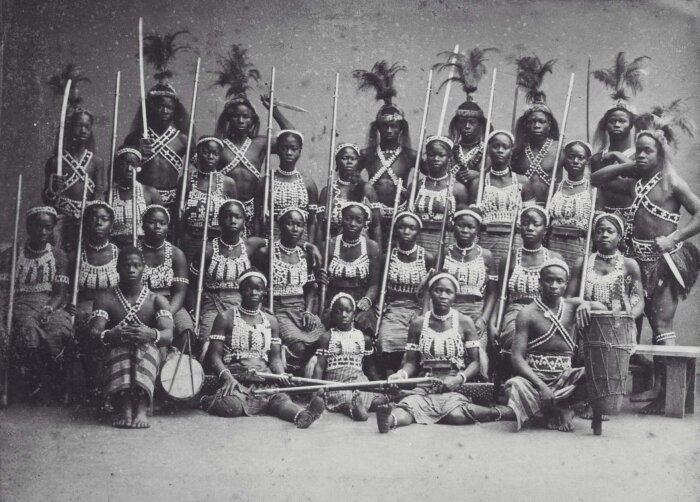
Pro-slavery tribe: Perhaps the most misconstrued fact about the Dahomey people in the movie is their ideals of freedom. The Dahomey people were not only major players in the trans-Atlantic slave trade, but they were also slave owners themselves. While in the movie they fought the western invaders who wanted to take away their freedom, in reality, they fought the French forces who were trying to get the tribe to abolish slavery. This tribe was said to have conducted a lot of slave raids.
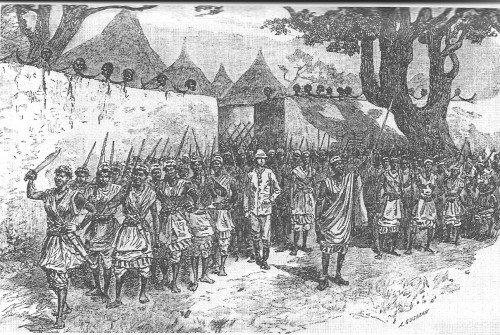
Swift defeat: Another exaggerated narrative in the movie is the fact that the Agojie put up a fierce resistance against the foreign invaders. According to recorded history, this is far from the fact, as the Agojie were noted to have been defeated swiftly, in a matter of hours, by the French military. 6000 of their forces were reduced to about 1200 after the war. However, it is the reality that they were a major fighting force within the region as they enjoyed some measure of success for over a century and were able to stand their ground against the powerful Oyo empire.
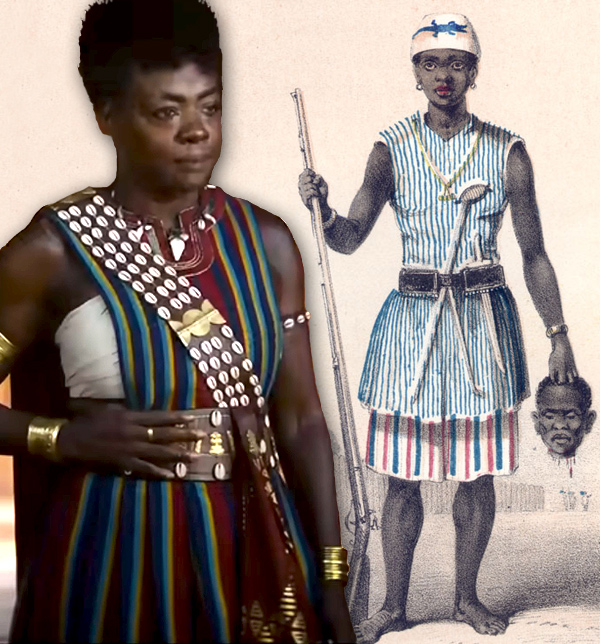
More villains than heroes: In reality, the Dahomey tribe was more villainous than it was heroic. Their practices were the stuff of nightmares. In the movie, this tribe was portrayed as a decent people with a beautiful way of life, but in reality, they lived by the code, enslave, or be enslaved. They were known to burn villages to the ground, return home with their enemies’ decapitated heads and genitals, and enrich their tribe via slavery and the slave trade. Some accounts have them drinking the blood of their enemies, performing human sacrifices, and enslaving children.
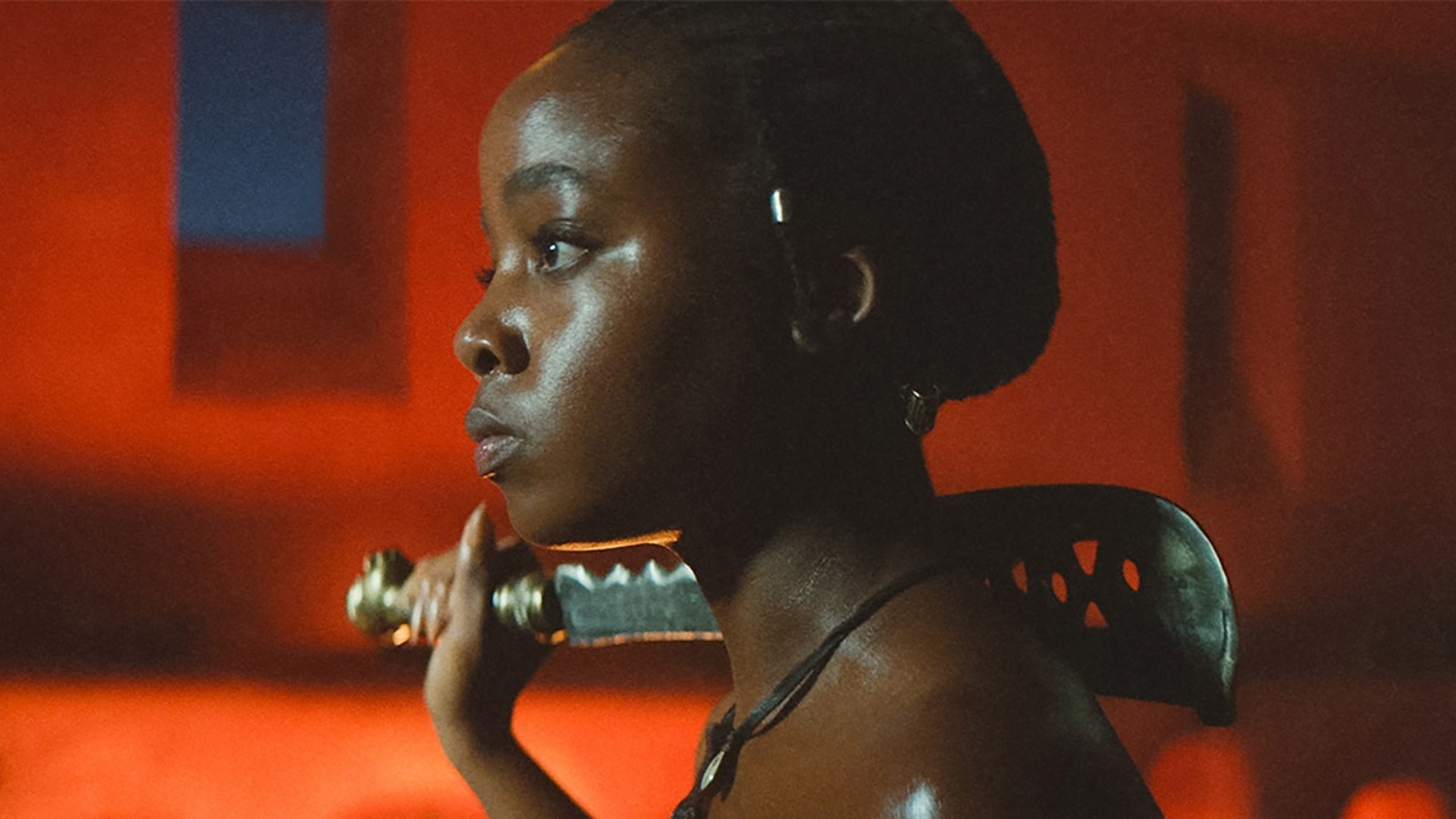
Nawi’s love: In the movie, the character Nawi, a young Agojie is depicted to have fallen in love with a half-Dahomey/half-Portuguese slaver. This plot point would be historically unlikely as the Agojie were officially the King’s wives or Ahosi (meaning King’s wives) as they were called. Plus historical accounts have these women referring to themselves as men, so the tale of a romantic fling between an Agojie and a westerner is hard to really picture.
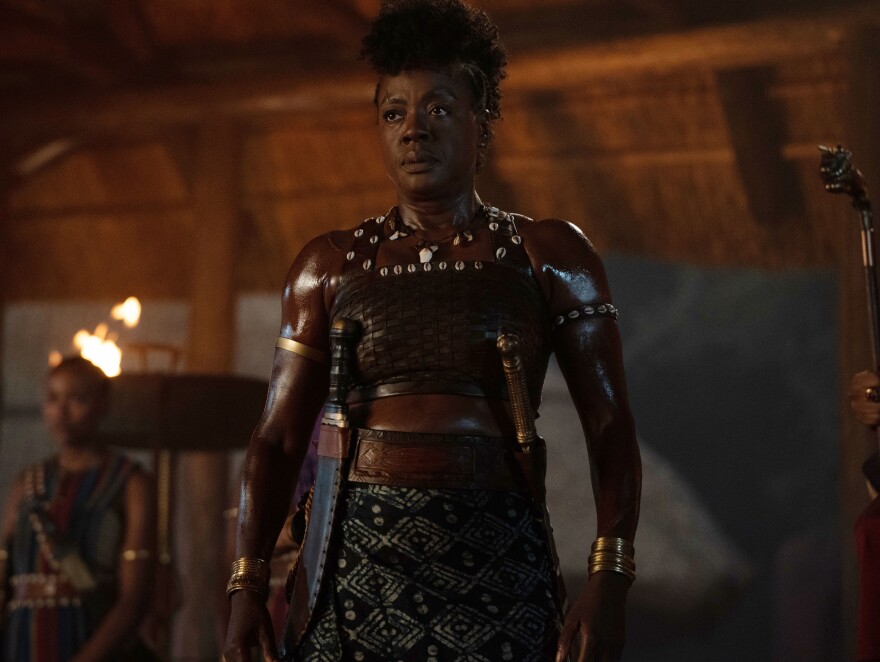
Nanisca’s age: A historical account has Nanisca aged as a teenage girl and not a middle-aged woman as the movie portrays. A western explorer noted that he once came across a young Agojie named Nanisca, perhaps this was the inspiration for the movie version of Nanisca.
Pulse
